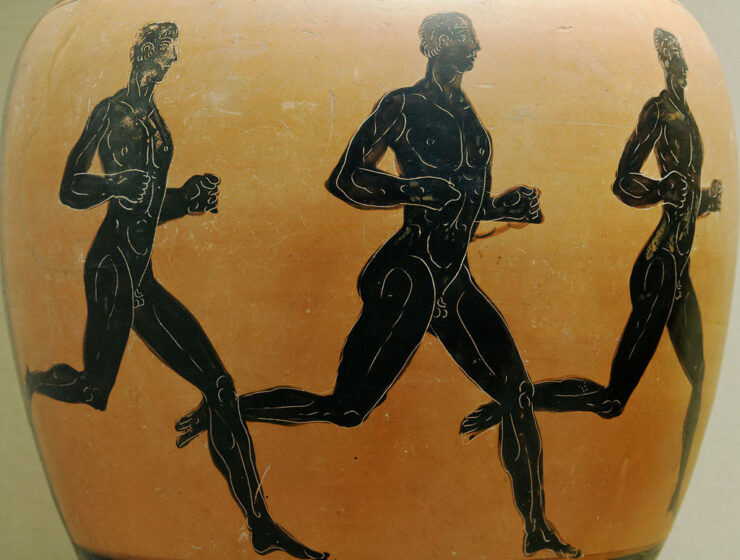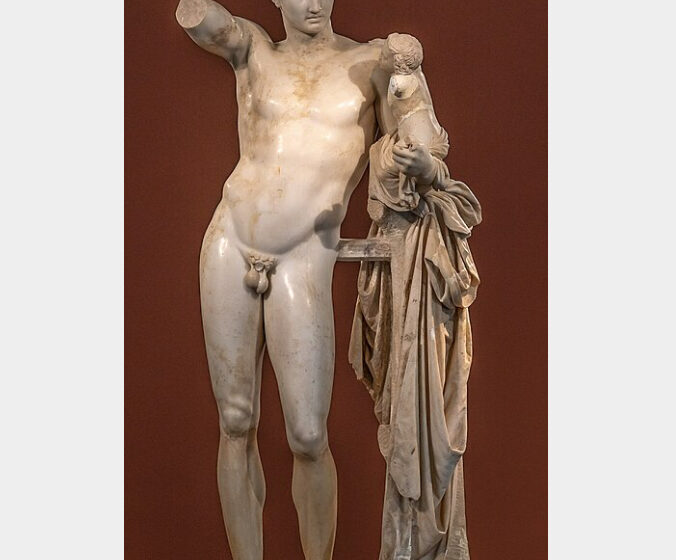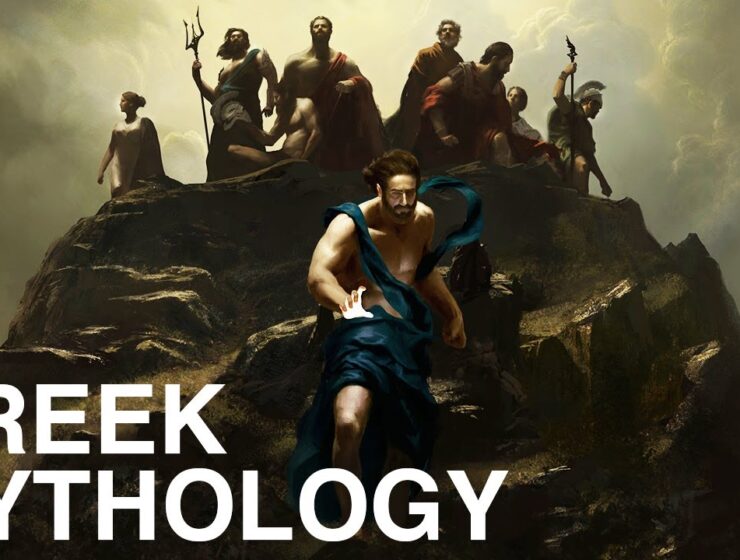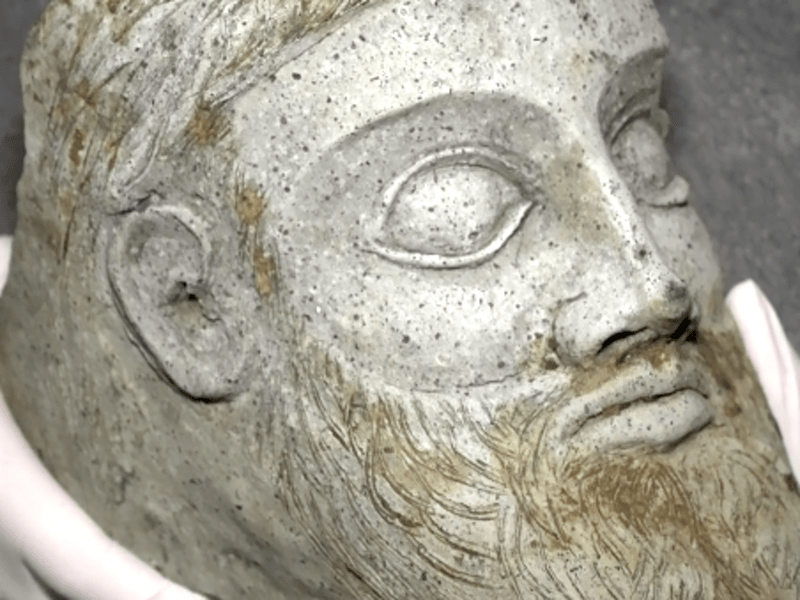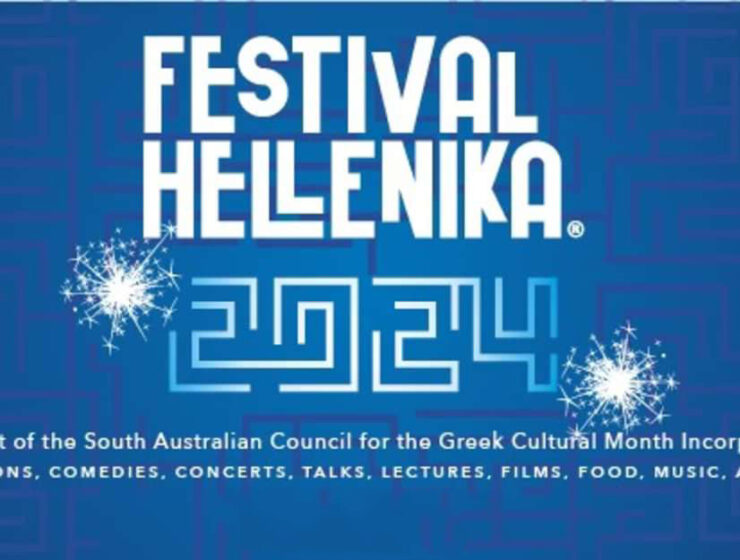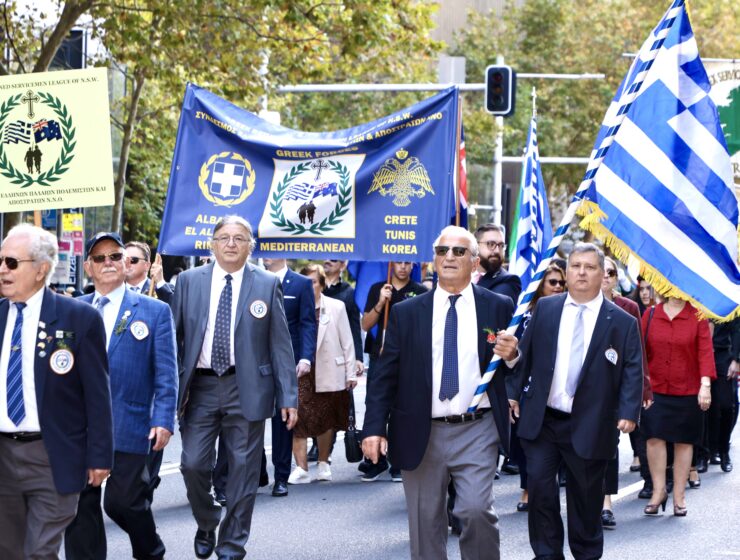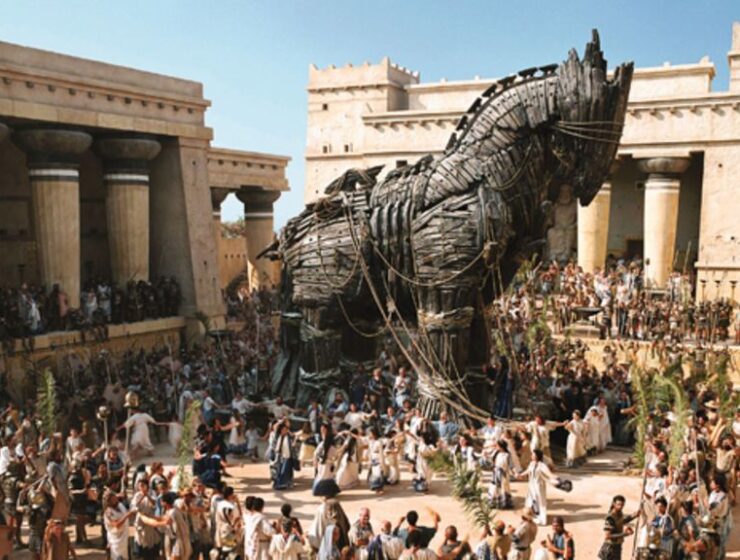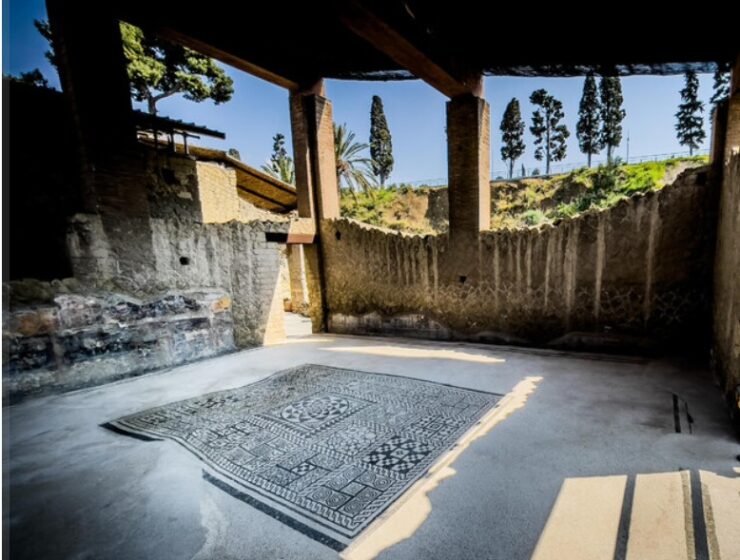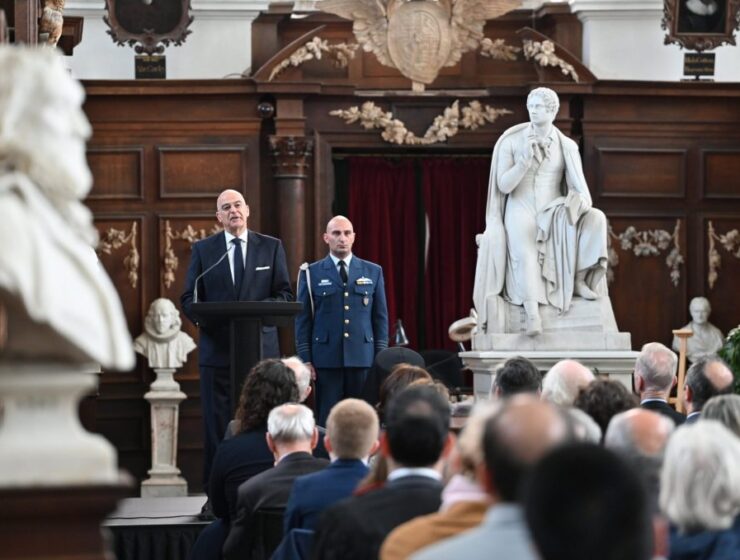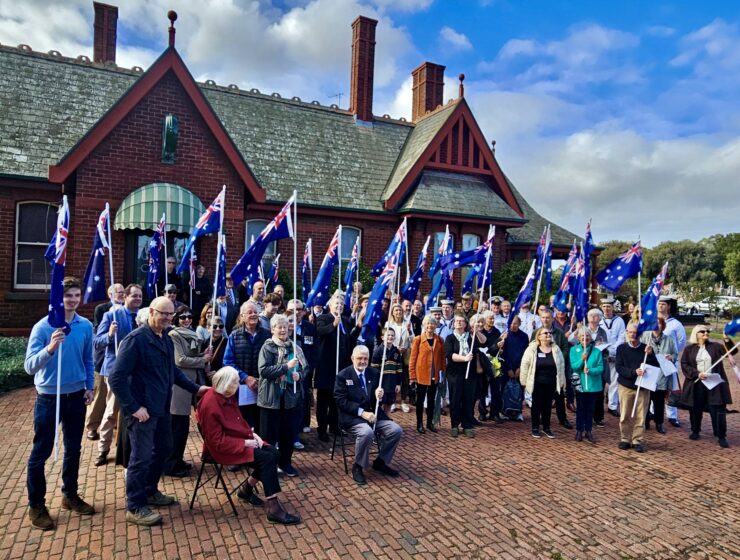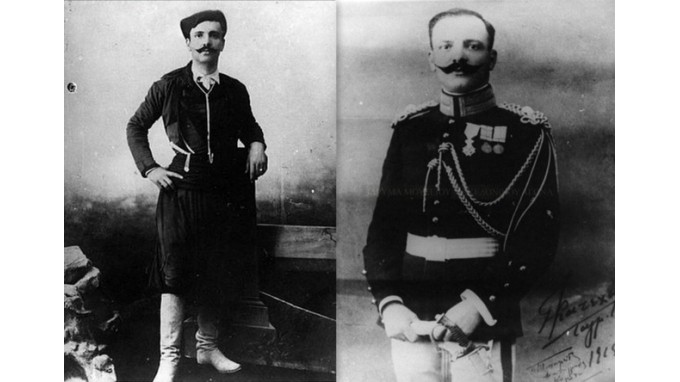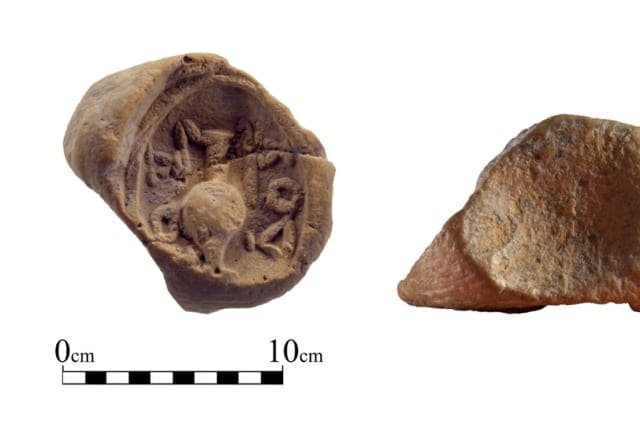From 776 BCE to 393 CE the Ancient Olympic games were held every four years, or Olympiad, which became a unit of time in historical chronologies.
HISTORY
April 27, 1924: Greece proposes to send one of its archaeological treasures, a statue of…
It’s Sunday, April 27, 1941. A military procession, consisting of two motorcycles, a Kubelwagen and…
The Greek Government has declared that 2024 is dedicated to Lord Byron, the famous Romantic…
Greek Mythology and the Greek Gods have had a profound impact on the world. The…
In 2017, Russian builders discovered the head of a 2,500-year-old terracotta statue of a Greek…
Anzac Day, 25 April, is one of Australia’s most important national occasions. It marks the anniversary of the first major military action fought by Australian and New Zealand forces during the First World War. It is also the day when we remember all Australians who have served and died in war and in operational services.
Athens, Greece – Hellenic President Katerina Sakellaropoulou has released a statement marking the 109th anniversary…
On April 24, 1479 B.C., the Trojans learnt a valuable lesson: beware of Achaean Greeks bearing…
The Herculaneum papyri, a remarkable collection of over 1,800 papyrus scrolls discovered in the 18th century, may have revealed the exact location of Plato’s burial place. This discovery was announced by Graziano Ranocchia, an expert from the University of Pisa, who presented the mid-term results of the “Greek Schools” research project
Nikos Dendias, the Minister of National Defence, participated in a solemn event held at Trinity…
Konstantinos Karamanlis is regarded as one of the most influential Greek politicians in modern history.…
Honouring Constantine Aroney BEM, the only Kytherian Dual ANZAC
From the village of Platanos in south-central Crete, Georgios Katechakis (1881 – April 22, 1939)…
More than a decade ago, a tiny clay token with a seal imprint depicting a wine jar (amphora) with a Greek inscription was discovered by a team working on the Temple Mount Sifting Project
April 21, 1967, will always be known as a day that forever changed Greek history.…
The Eternal Ambassador of AEK, Thomas Mavros cut the ribbon of the inauguration, in a…
My Big Fat Greek Wedding” starring Nia Vardalos, John Corbett, Michael Constantine and Laine Kazan…
Introducing the “Connecting Greeks Podcast,” a captivating audio series dedicated to celebrating and exploring the rich cultural heritage, history, and experiences of individuals of Greek descent worldwide


